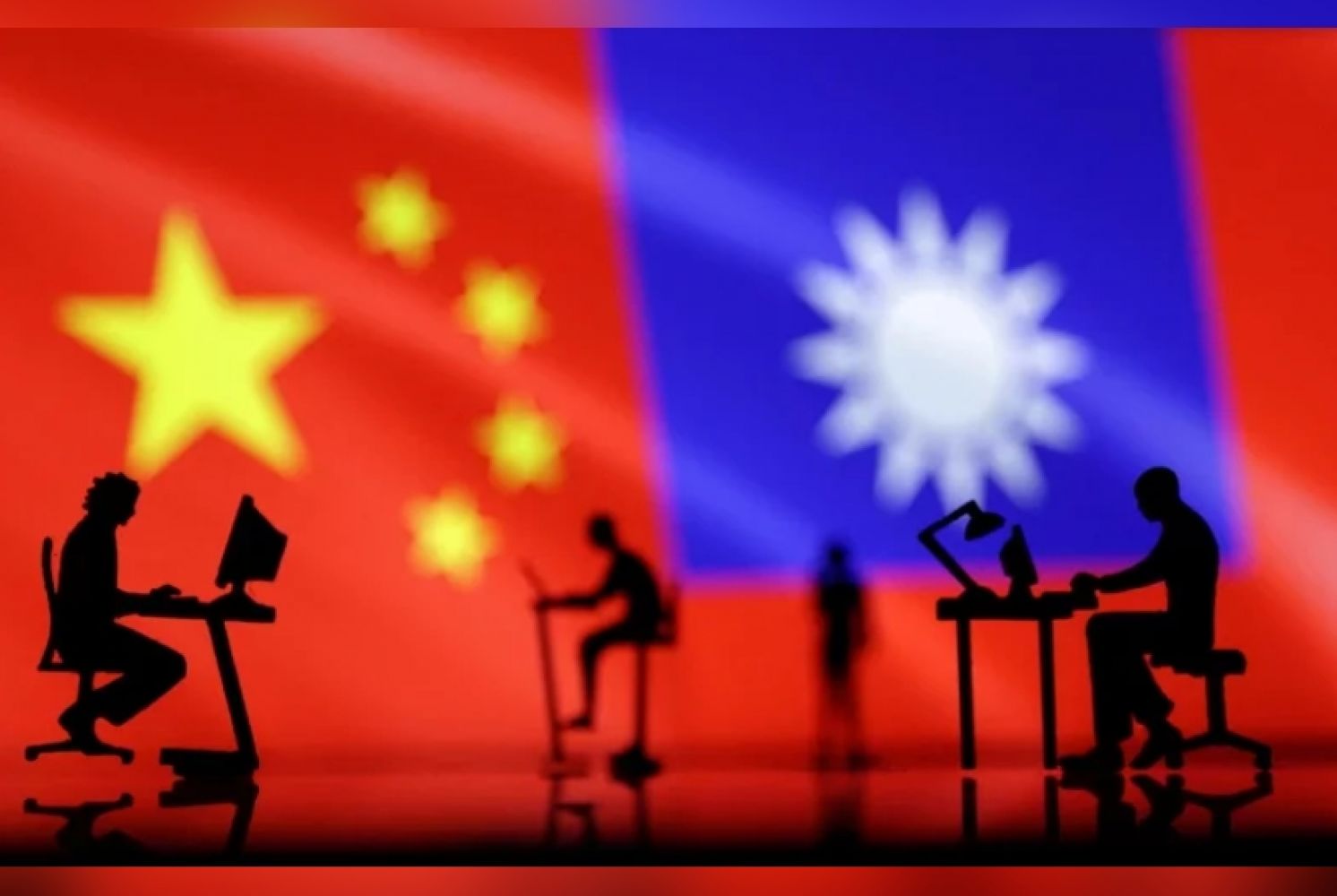
Semiconductor Industry Under the Shadow of Cross-Strait Conflict
Economic Daily News Editorial, July 14, 2023
The semiconductor industry has become Taiwan’s “protective sacred mountain” over the last 20 years. Not only does its entire supply chain contribute to more than 20 percent of Taiwan’s gross domestic product (GDP), but the international competitiveness and continued development of the industry also play a critical role in Taiwan’s national security.
Although the majority of the people in Taiwan don’t feel the danger, global media has described the Taiwan Strait as being in “imminent danger of war.” We believe that the basic principle to maintain a nation’s security is to “prepare for danger in times of peace and be cautious in predicting the enemy.”
If a serious conflict broke out in the Taiwan Strait, most people in Taiwan would worry about how to keep the global demand and supply of the semiconductor industry from falling apart.
According to an analysis of domestic and foreign think tanks, cross-strait tensions will not necessarily escalate into a military conflict. However, there is a high possibility that the tensions could lead to “non-war military operations,” including air and sea blockades to keep key raw materials from coming in and manufactured goods from going out, or deliberate sabotage of submarine cables, telecommunication networks, and power and water supply facilities.
Under the above circumstances, how long can Taiwan’s semiconductor industry last? How can the crisis be prevented? If not prevented, how can we minimize the damage and recover the industry after the military conflict? These are the questions for which the government and private enterprises need to study, plan ahead, and make preparations.
During the 1996 Taiwan Strait Crisis, then-President Lee Teng-hui proudly said we had contingency plans for “18 scenarios.” The people are curious about how many contingency plans and how many scenarios our national security team has prepared so far.
The semiconductor industry has a long supply chain. No single country in the world, the United States included, can control the entire supply chain. Integrated circuit design, wafer fabrication, test and packaging, thousands of raw materials and maintenance parts are all portions of the supply chain. Some of them can be produced in Taiwan, while others such as critical chemicals and equipment parts can only be imported from Japan and the Netherlands. For example, etching gases, precursors, and developers needed for wafer fabrication are from Japan, and key maintenance parts for EUV/ DUV are from the Netherlands.
The spare equipment and photonic parts can be stocked up in Taiwan. However, due to commercial considerations, the suppliers usually won’t stock more than six months of inventory. Some precision chemicals will expire after two months due to unique ingredients. Therefore, if the air and sea blockade lasts for more than three months, the wafer fabrication will be forced to shut down due to a lack of key chemicals.
If marine transportation is blocked and infrastructure is damaged due to an attack, then wafer manufacturers such as TSMC, UMC, and Winbond would need to redirect some of their purchase orders to overseas production facilities. However, the overseas production capacity only accounts for 10 percent of their total production, so they will not be able to accept all the redirected orders. Therefore, it is an urgent matter to increase the redundancy of overseas wafer fabrication. It will require large amounts of capital to increase the redundancy. Without the financial support of tax incentives, the manufacturers are not able to come up with such capital to invest or simply put facilities on hold after investment.
Taiwan should reach a certain degree of consensus or tacit agreement with the United States to make sure that in case of a military blockade, the United States will help Taiwan’s semiconductor manufacturers to transfer swiftly their production capacity to overseas facilities in the United States, Japan, Germany, and even mainland China to prevent a catastrophic impact on the global economy.
Under air and sea blockades and infrastructure impairment, the likely scenario in Taiwan would be a breakout of widespread panic and rampant rumors, along with plummeting stocks, foreign exchange rates, housing prices, and capital flight in the market. A mere NT$500 billion (about US$16.1 billion) national security fund won’t be enough to cope with the crisis. The government should release more public capital and favorable policy to calm the public. Some of the countermeasures are confidential, but the government should plan ahead in national security wargames to improve readiness.
The upkeep of industrial operations and the speed of recovery depend on if they possess the talents with key skills. The government should consult with major high-tech corporations to compile a critical talent database and give the list to the military, police, and intelligence agencies, or the United States for special protection and safe evacuation so as to maintain the capability to rebuild the industry after the crisis.
Private enterprises should prepare short and mid-term contingency plans for important clients, such as Apple, NVIDIA, and AMD, to ensure uninterrupted supply so that their orders won’t be redirected. Only then will those clients exert pressure on mainland Chinese authorities to end the blockade on Taiwan.
The doctrine of the mean provides: “In all things, success lies in preparations and there will be failure without such.” We cannot be more careful with the semiconductor industry. After all, it is closely connected to our national security.